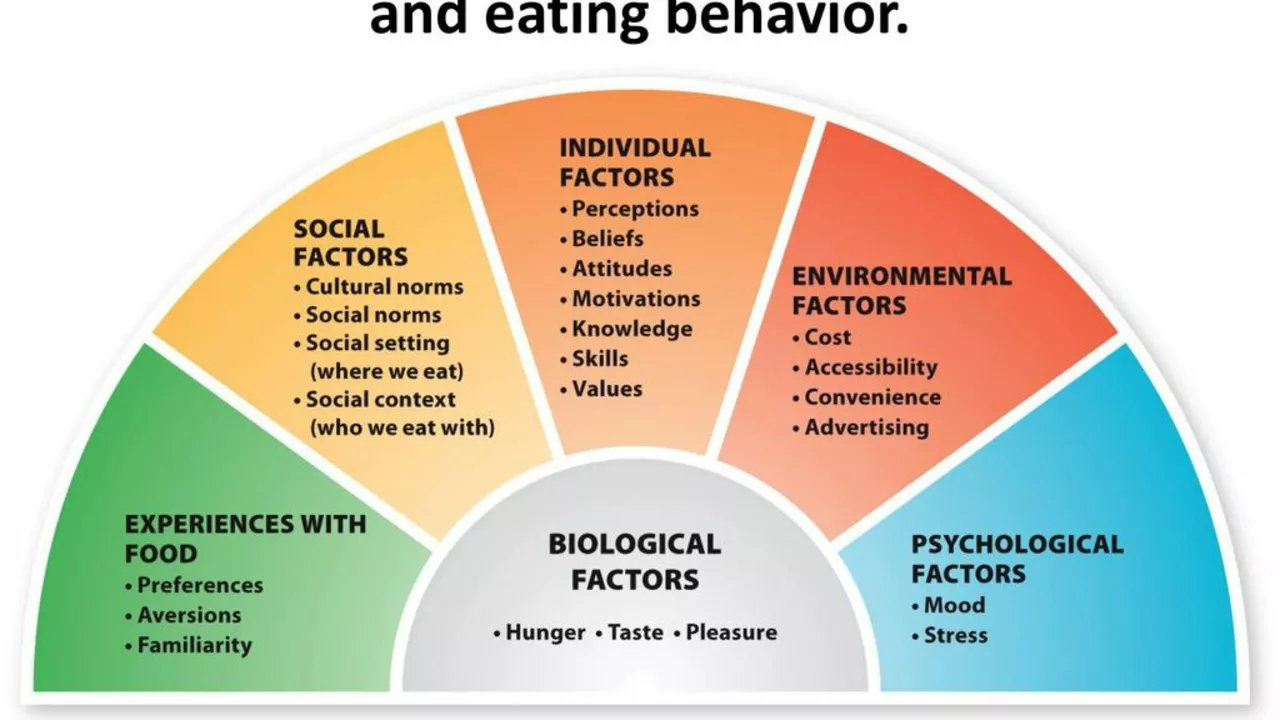Is the U.S. Educational System Designed to Benefit the Rich?
When you think about school quality, what’s the first thing that comes to mind? Chances are you picture shiny classrooms, new textbooks, and teachers who can give you one‑on‑one attention. In reality, those perks often show up in neighborhoods where property taxes are high, because local schools rely on those taxes for funding.
That funding model creates a clear split. Kids in affluent areas usually attend schools with modern labs, art programs, and extracurricular clubs. Meanwhile, students in lower‑income districts often face outdated facilities, larger class sizes, and fewer advanced courses. The gap isn’t just about buildings; it directly affects learning outcomes, college readiness, and future earnings.
How Money Influences College Admissions
Even after high school, money keeps playing a role. Test‑prep services, private tutors, and application consulting can cost thousands of dollars. Families who can afford these services help their kids achieve higher test scores and craft polished essays, which can tip the scales at selective colleges.
But it’s not all doom and gloom. Many universities offer need‑based scholarships, merit awards, and generous financial‑aid packages. Programs like the Pell Grant or state scholarships aim to close the gap, though they often don’t cover all costs. Knowing where to look and applying early can make a big difference for students from modest backgrounds.
What Can Be Done to Level the Playing Field?
First, push for more equitable school funding. That means state and federal policies that allocate money based on student need rather than local property wealth. Second, expand access to free test‑prep resources—some nonprofit groups already offer online practice tests and tutoring without charge.
Third, raise awareness about scholarship opportunities. Many students never apply because they don’t know the options exist. Schools can host workshops, and community centers can provide application help.
Lastly, encourage mentorship programs where professionals from higher‑income backgrounds volunteer time to guide underprivileged students through the college process. A single conversation about essay structure or interview prep can boost confidence and open doors.
Bottom line: the U.S. educational system does give an edge to those with money, but there are real pathways to counteract that bias. By understanding where the advantages lie and actively seeking out resources, students can navigate the system more fairly. If you or someone you know is facing these challenges, start by researching local scholarships, asking school counselors about free tutoring, and connecting with community mentors. Small steps add up, and they can turn an uneven playing field into a more level one.
Is the U.S. educational system designed to benefit the rich?
In exploring the topic "Is the U.S. educational system designed to benefit the rich?", it's clear that wealth can have a significant impact on the quality of education one receives. The fact is, affluent neighborhoods often have better-funded schools, which can lead to more educational opportunities. The college admission process, too, seems to favor those who can afford extensive preparation. The system, unintentionally or not, often affords advantages to those with financial means. However, it's crucial to remember that there are also numerous scholarship opportunities and financial aid available to support underprivileged students.
VIEW MORE